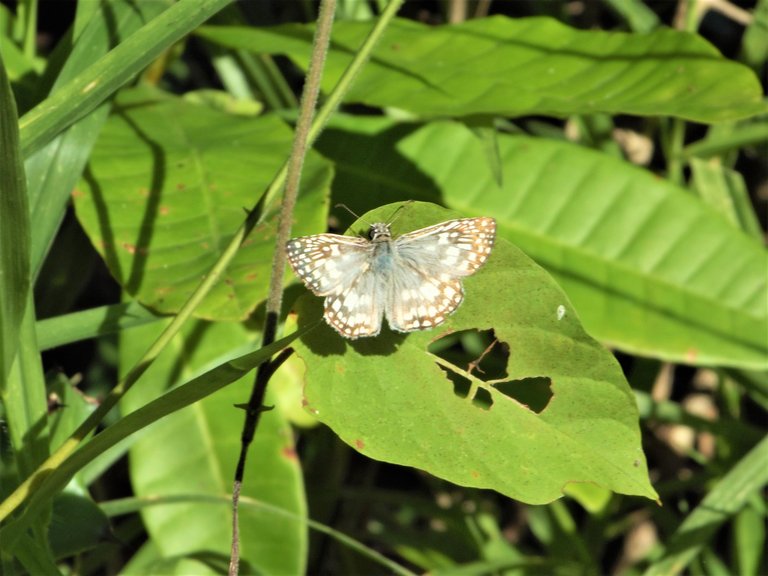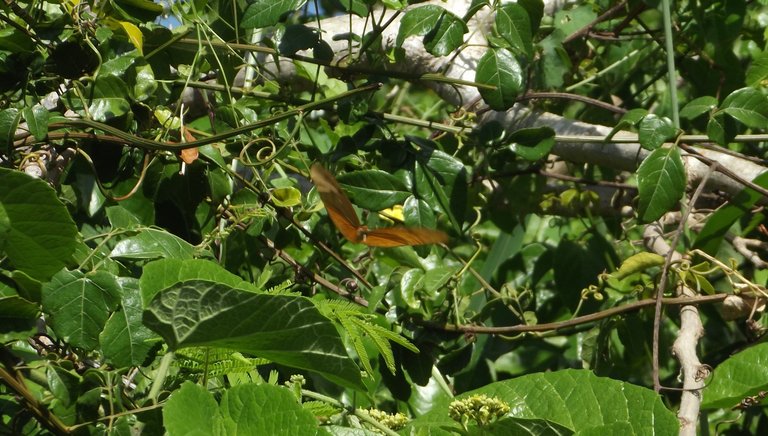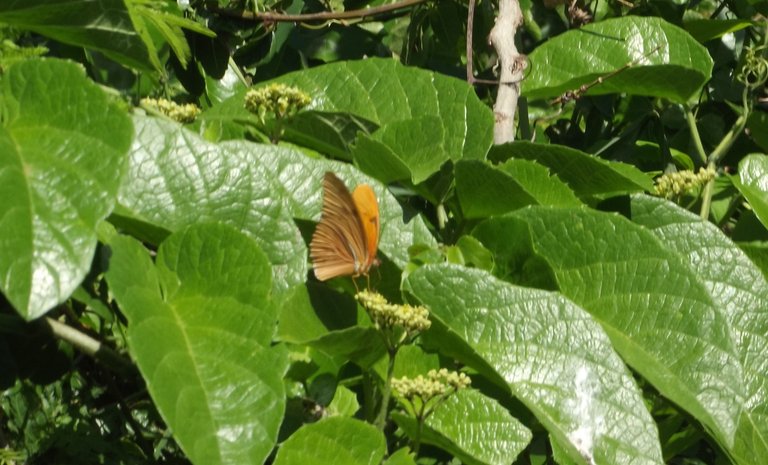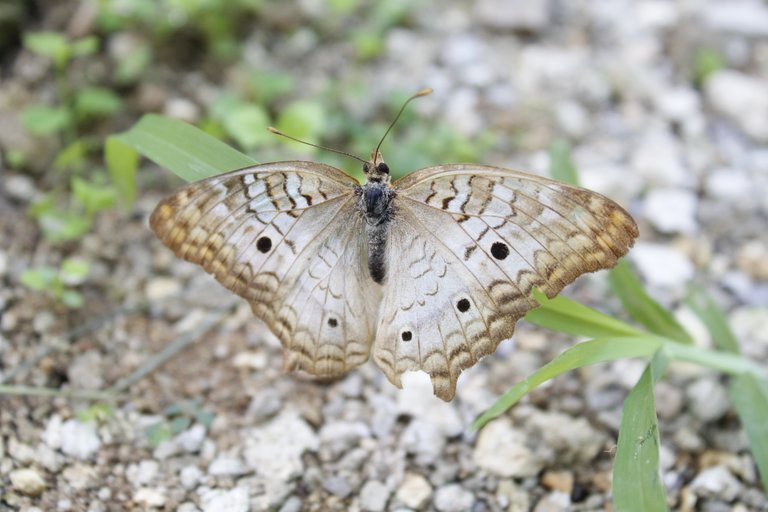
Hello friends, today I write about an insect that has fascinated mankind for centuries.
Butterflies are one of the most beautiful and fascinating insects in the natural world. Their delicacy, variety of colours and patterns, as well as their well known cycle of metamorphosis make them special beings. In this publication I will discuss their beauty, their biological importance, their symbolism throughout history and the intriguing concept of the ‘butterfly effect’.
There are approximately 175,000 species of butterflies and moths worldwide, these insects are a vital part of biodiversity. Each species has its own ecological niche and plays an important role in its environment. Protecting their habitat and conserving these species is essential not only for their beauty, but also for their contribution to the ecological balance and sustainability of our ecosystems.
Butterflies are key pollinators in many ecosystems. By feeding on the nectar of flowers, they help transfer pollen from one plant to another, enabling the reproduction of various plant species. This process is fundamental to fruit and seed production, and is therefore crucial to the food chain that supports many other organisms.
Butterfly diversity and abundance also serve as indicators of the health of the environment. They are sensitive to changes in their environment, such as habitat reduction due to urbanisation, pesticide use and climate change. Therefore, a decline in butterfly populations can signal underlying environmental problems, making them an essential tool for conservationists when assessing the state of ecosystems.

The life cycle of butterflies, which includes the egg, caterpillar, chrysalis and butterfly stages, serves as a powerful symbol of transformation and rebirth. In various cultures, they are associated with positive change and personal evolution. This process of metamorphosis is admired and is seen as a reminder that transformation is possible and necessary in our own lives.
Butterflies have occupied a central place in the spirituality and mythology of many cultures. In some traditions, they are believed to be messengers of those who have passed away, symbolising the presence of the soul and offering comfort to those who are grieving. In this sense, the appearance of a butterfly can be interpreted as a sign of connection to the afterlife, providing hope and comfort to those in need.

These creatures have been seen as symbols of freedom, beauty and fragility, reminding us of the wondrous and ephemeral nature of life.
Despite their beauty and importance, butterflies face multiple threats that endanger their existence. Habitat loss, pesticide use, climate change and pollution are factors that have led to an alarming decline in their populations worldwide. The conservation of these species is essential, not only for their ecological role, but also for their cultural and aesthetic value.

Butterflies are much more than just insects; they are indicators of the health of our environment, symbols of transformation and sources of inspiration in our culture. Their role as pollinators and their spiritual meanings underline the interconnectedness of all forms of life on our planet. By recognising their importance and working to protect them, we are not only caring for these wonderful creatures, but also for ourselves and the future of our world. So next time you see a butterfly, remember its story and the small, but significant, impact each of us can have on the conservation of nature.
